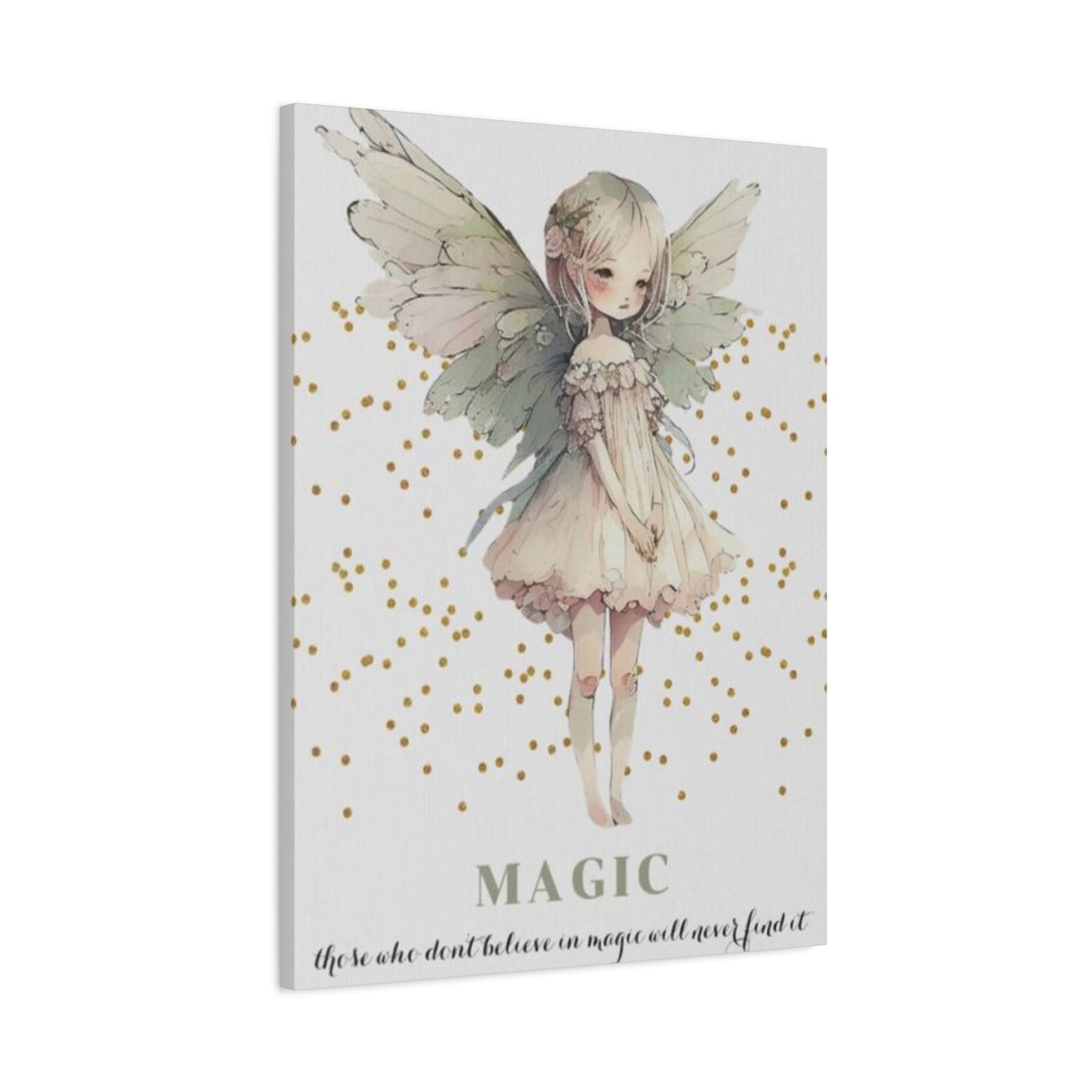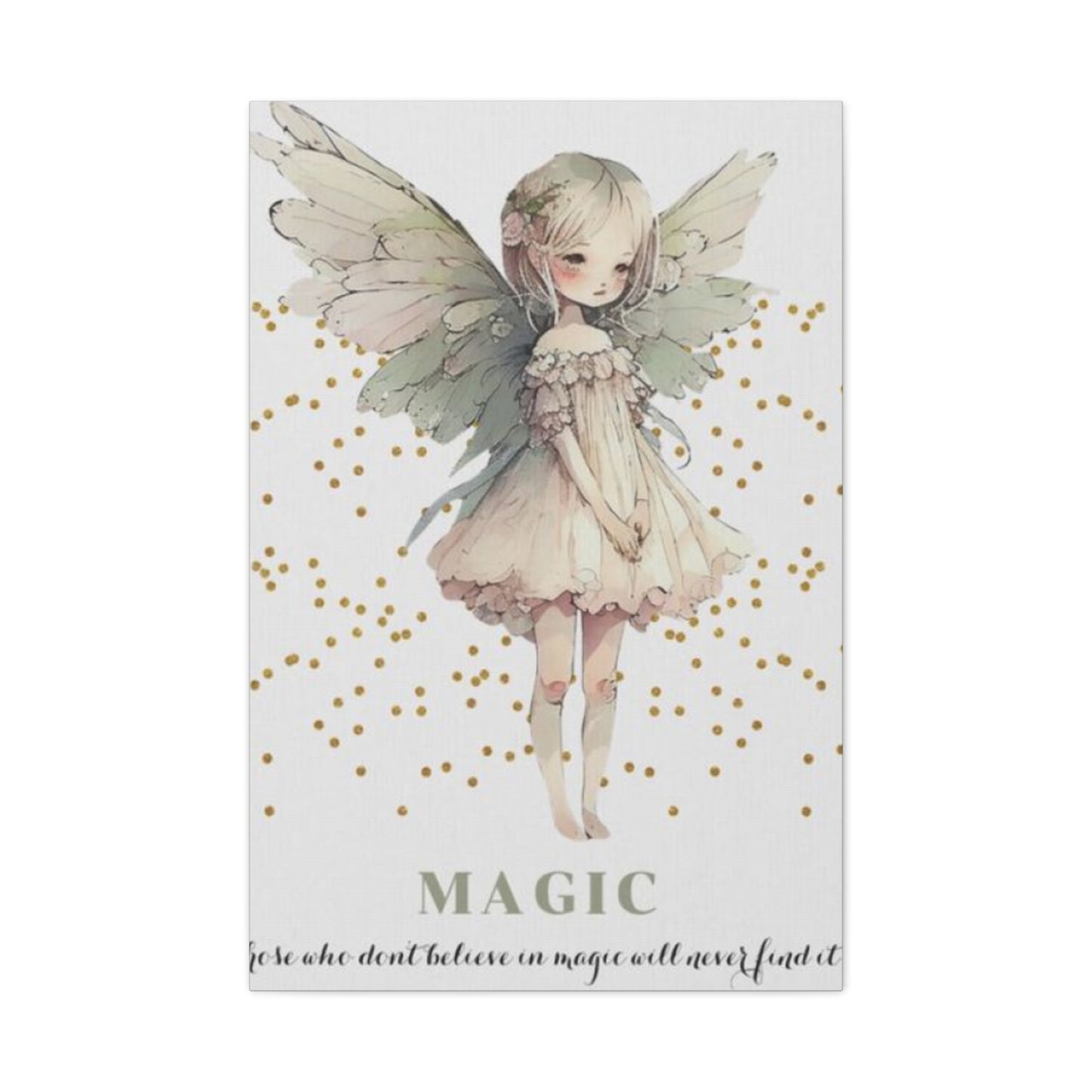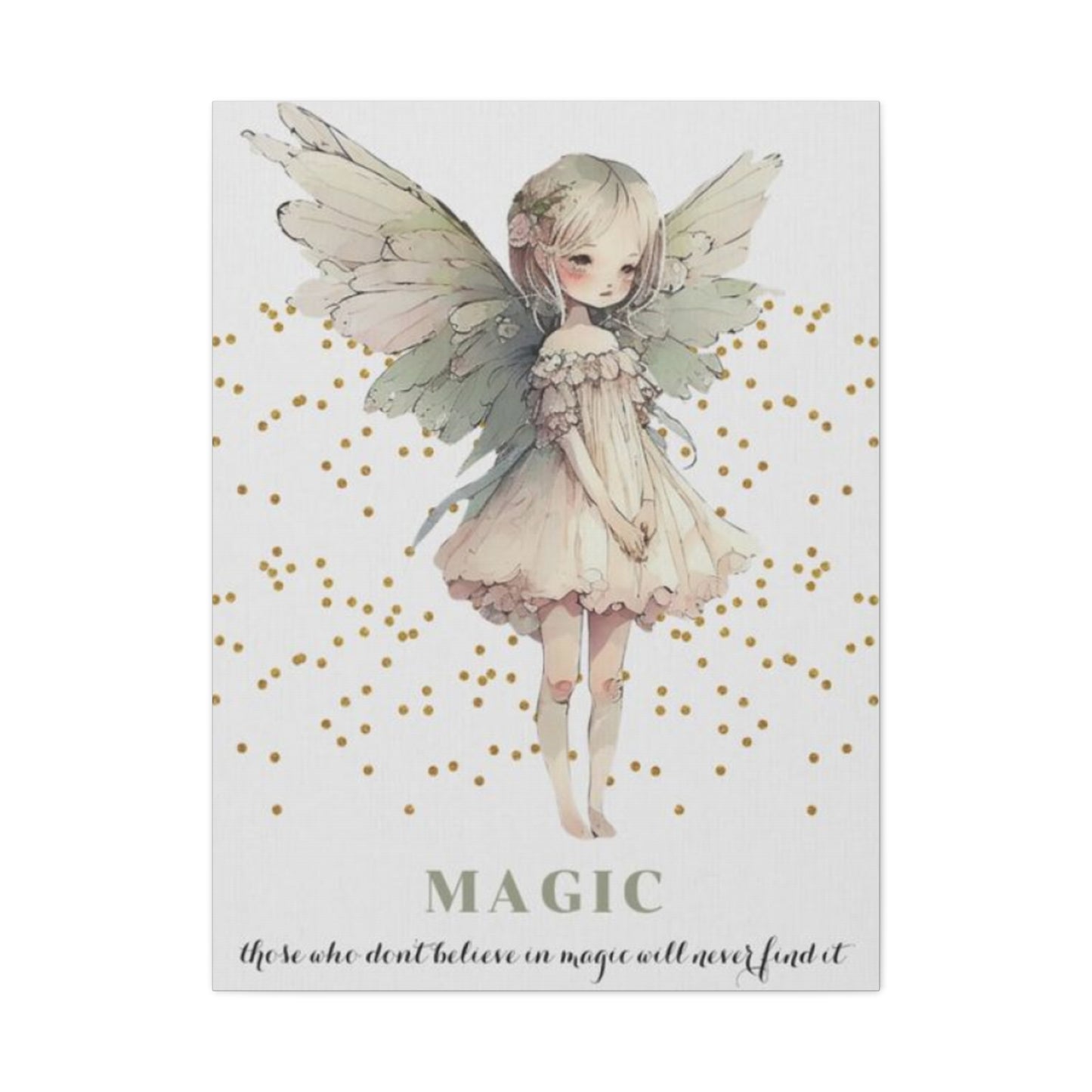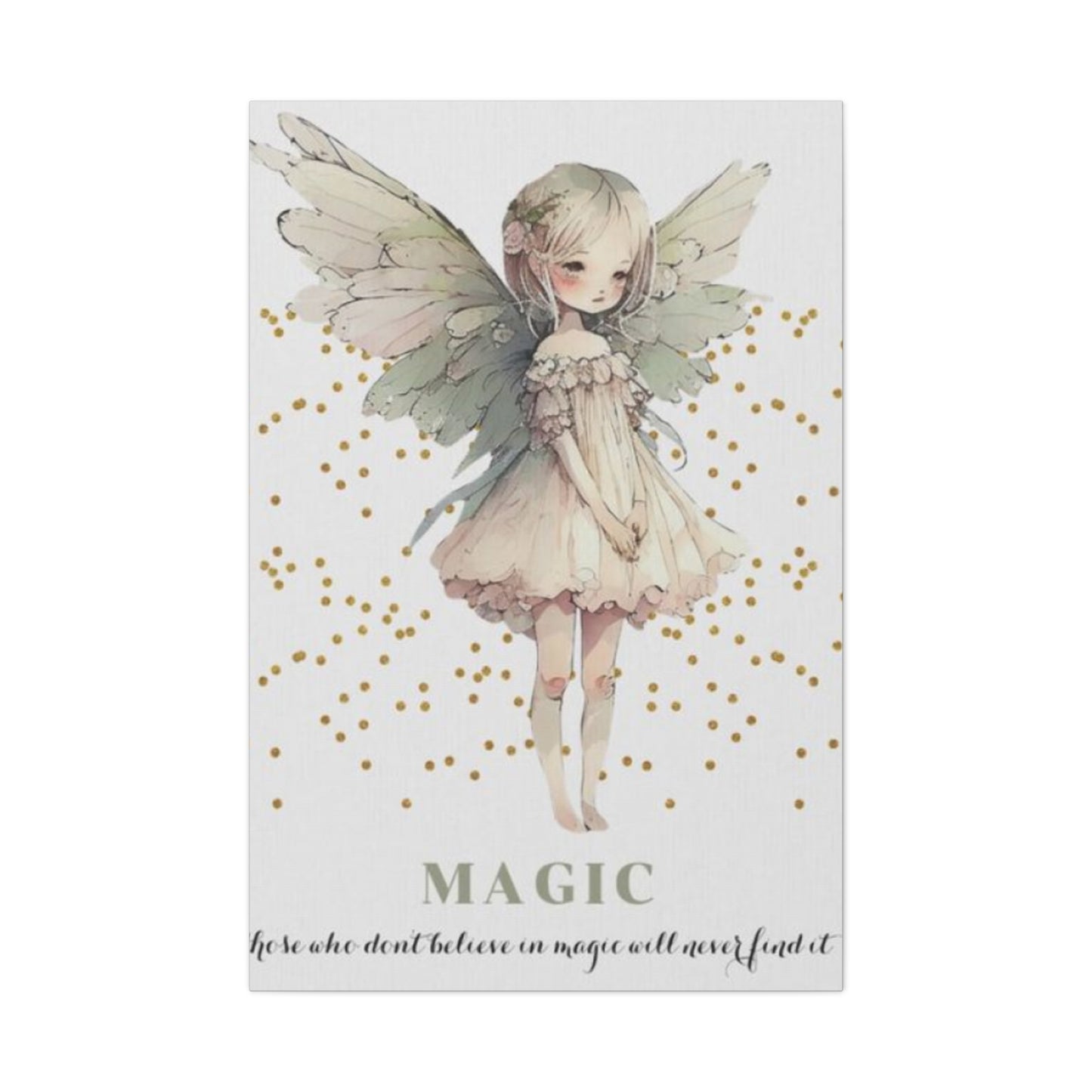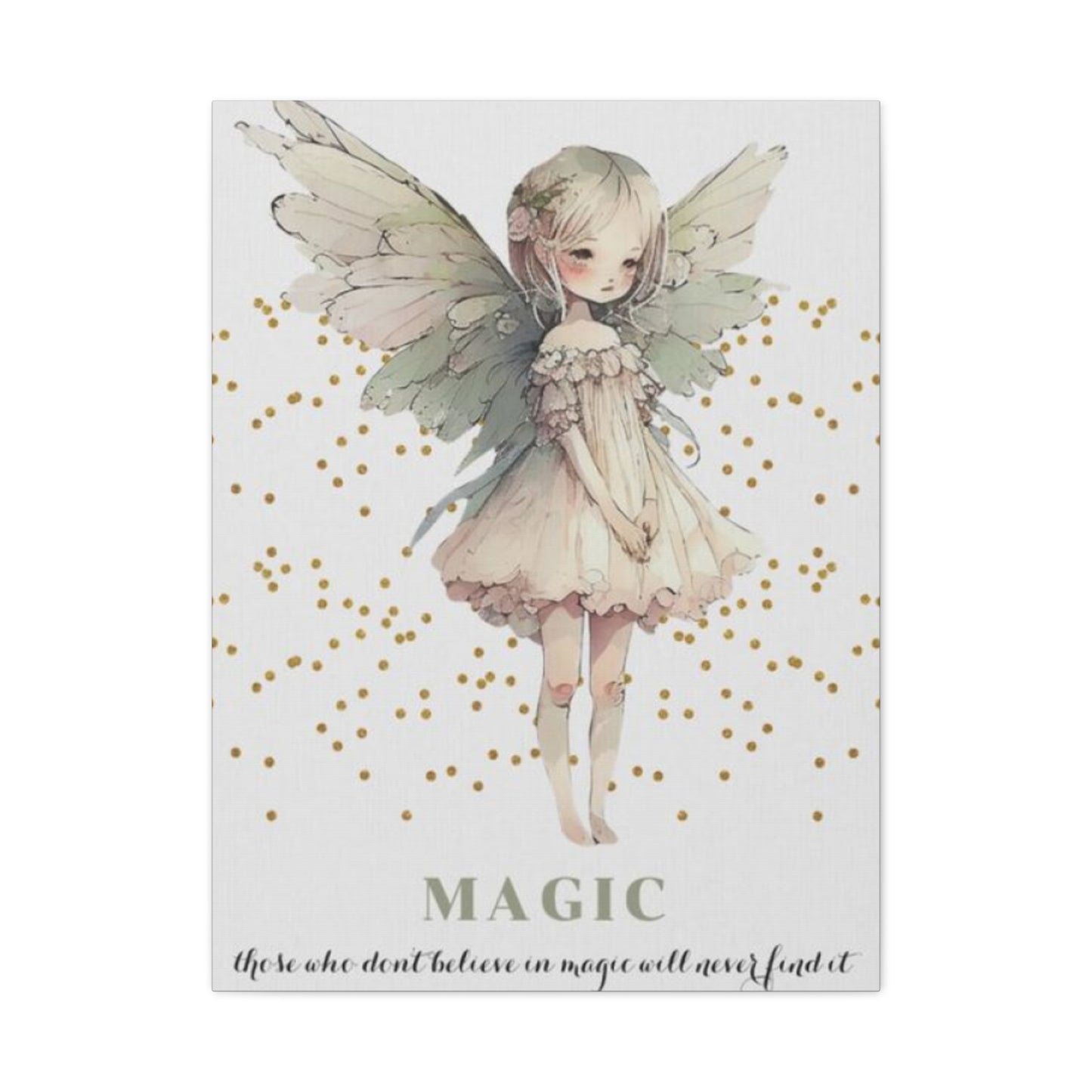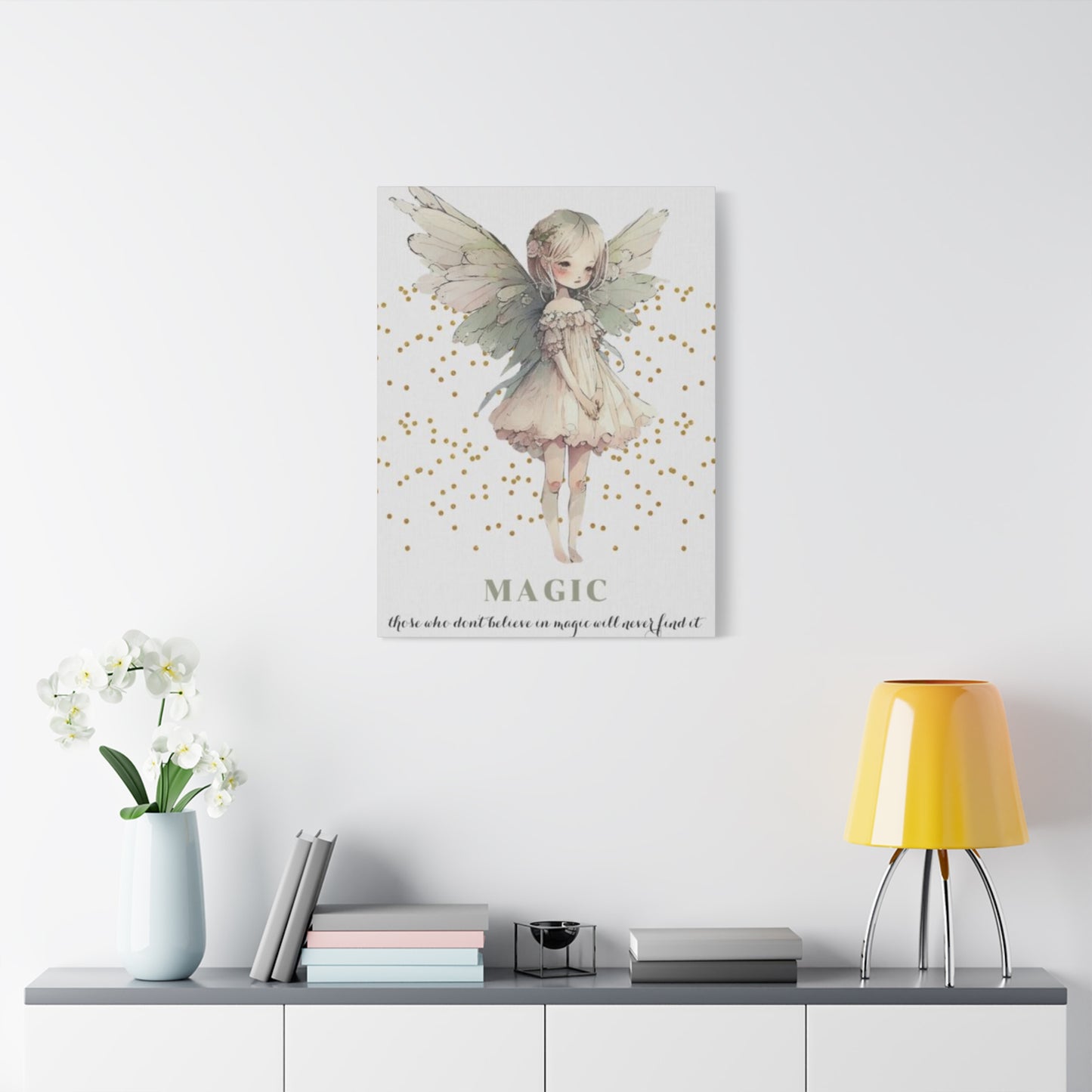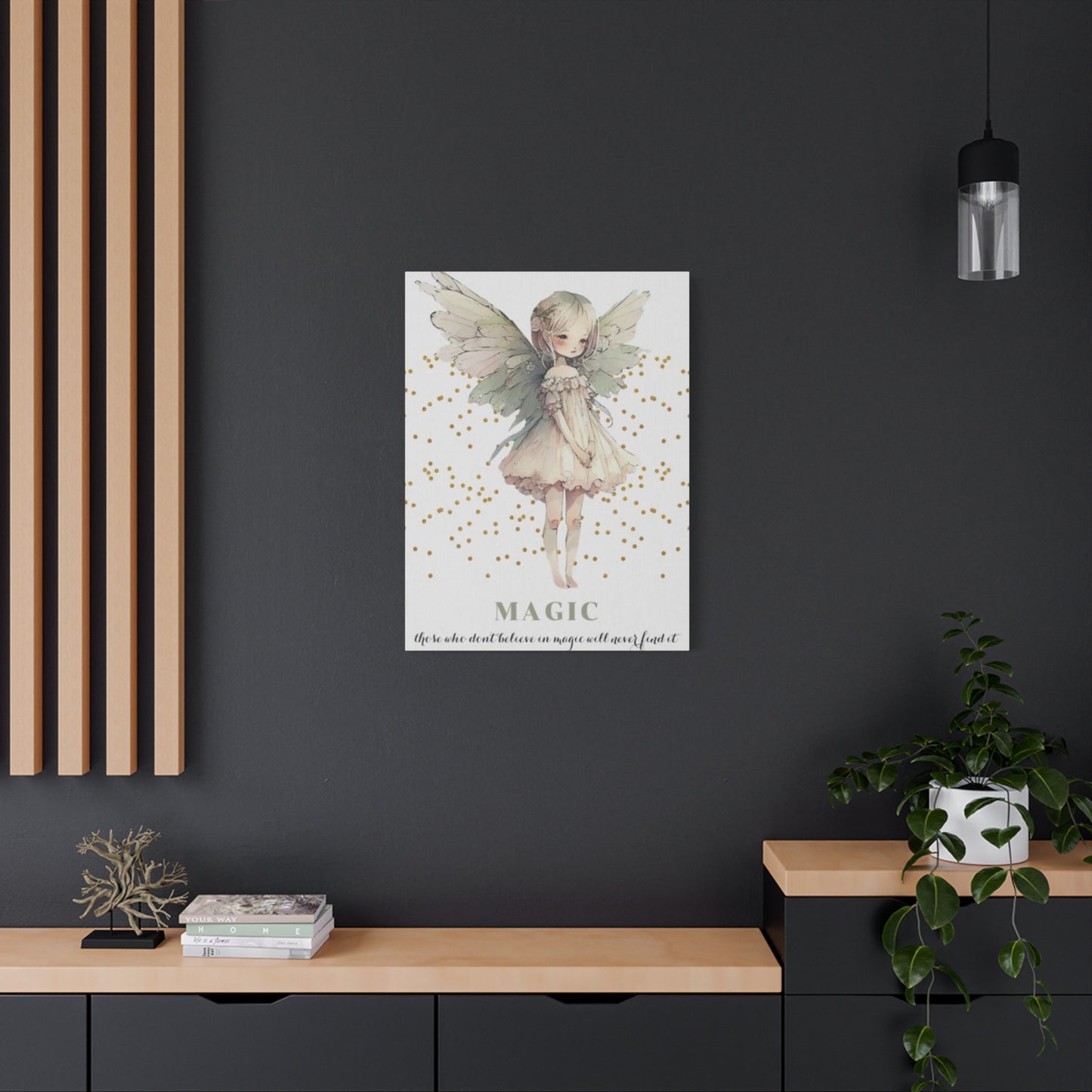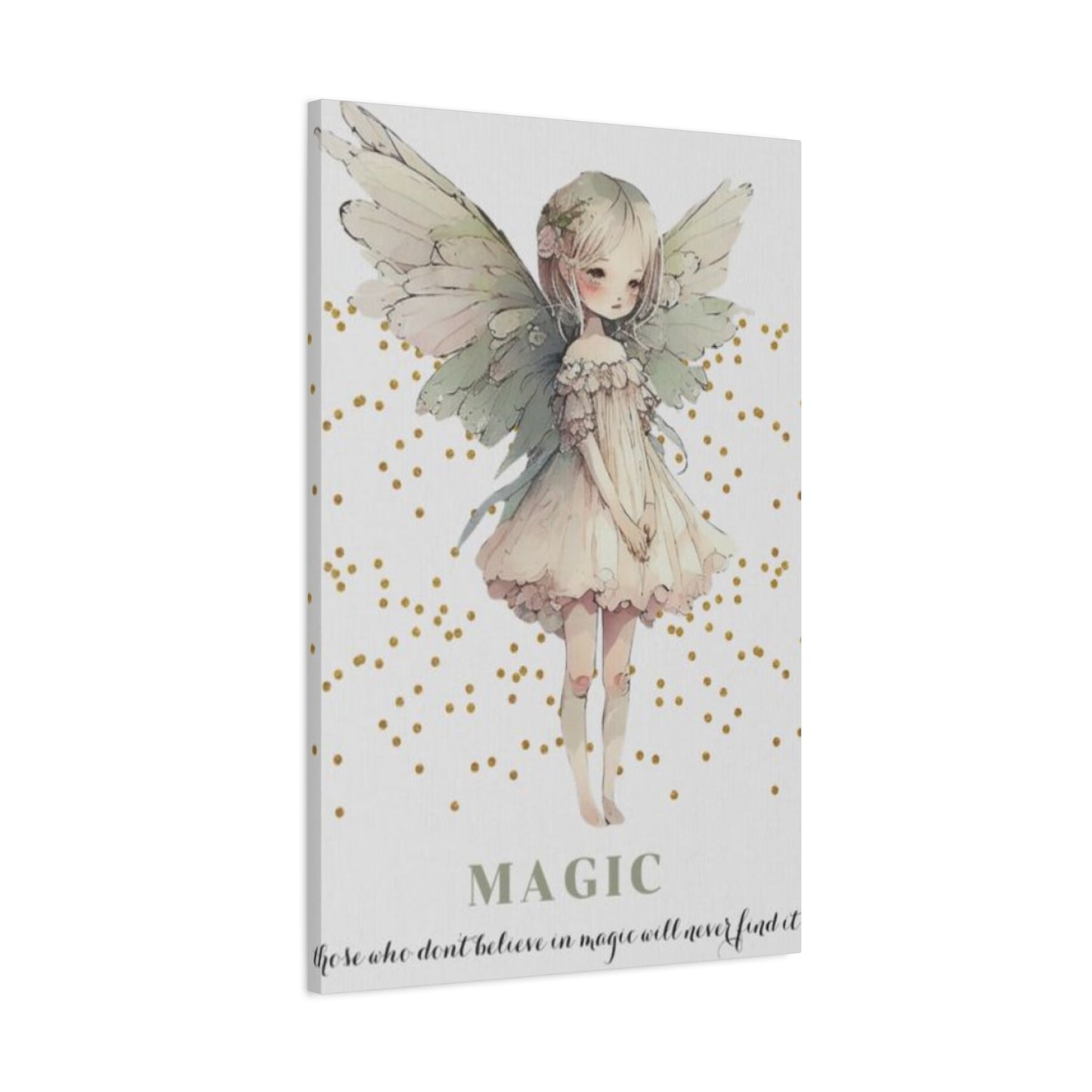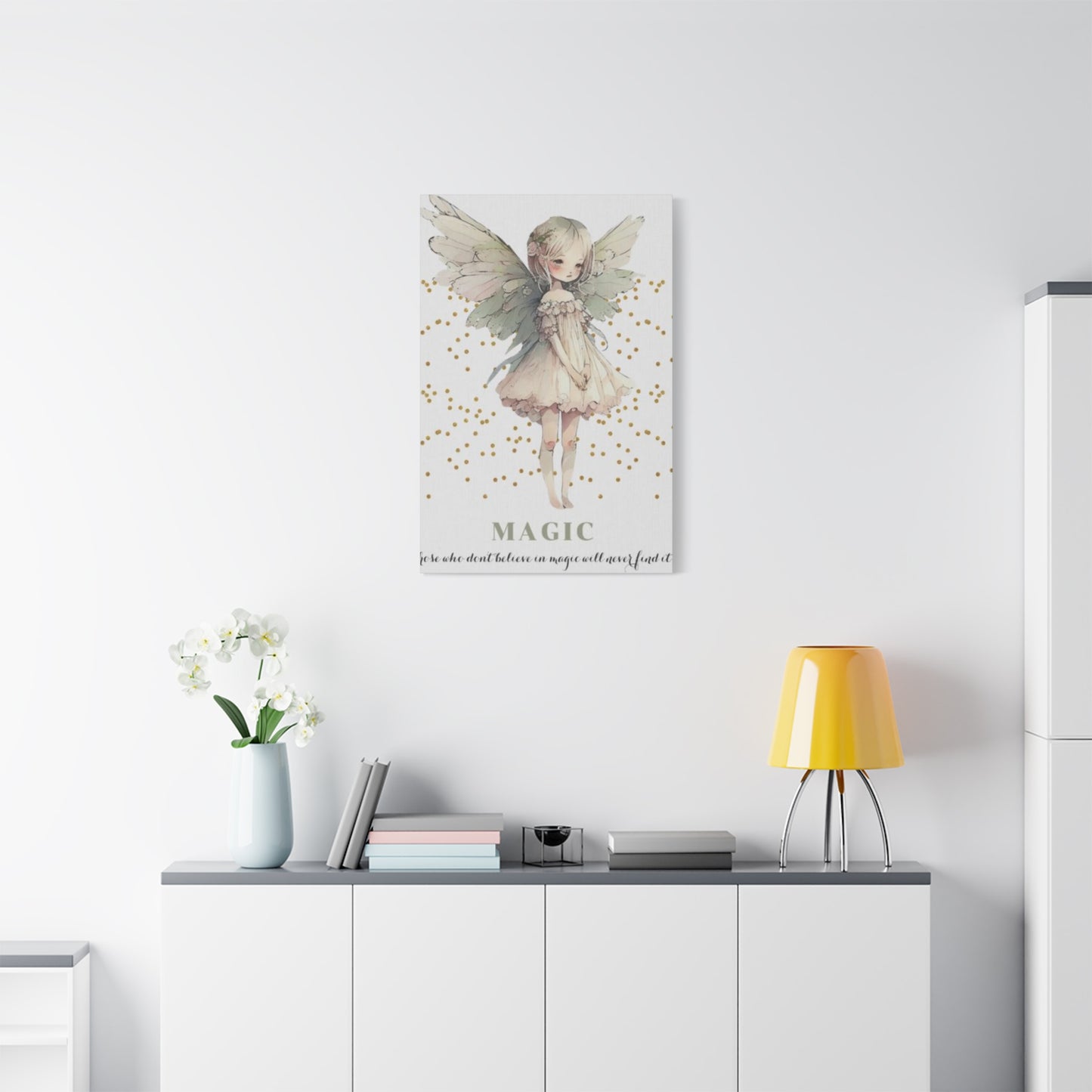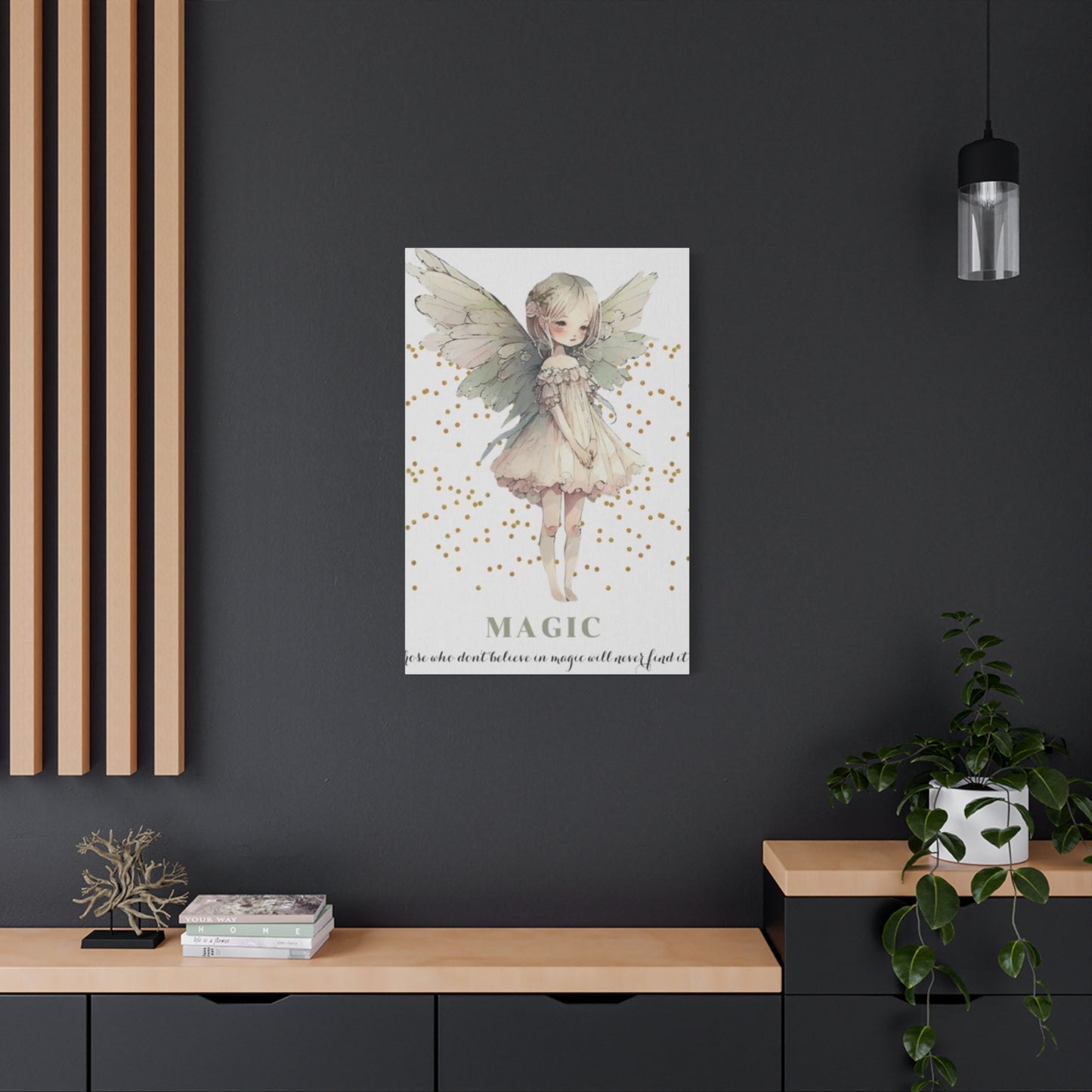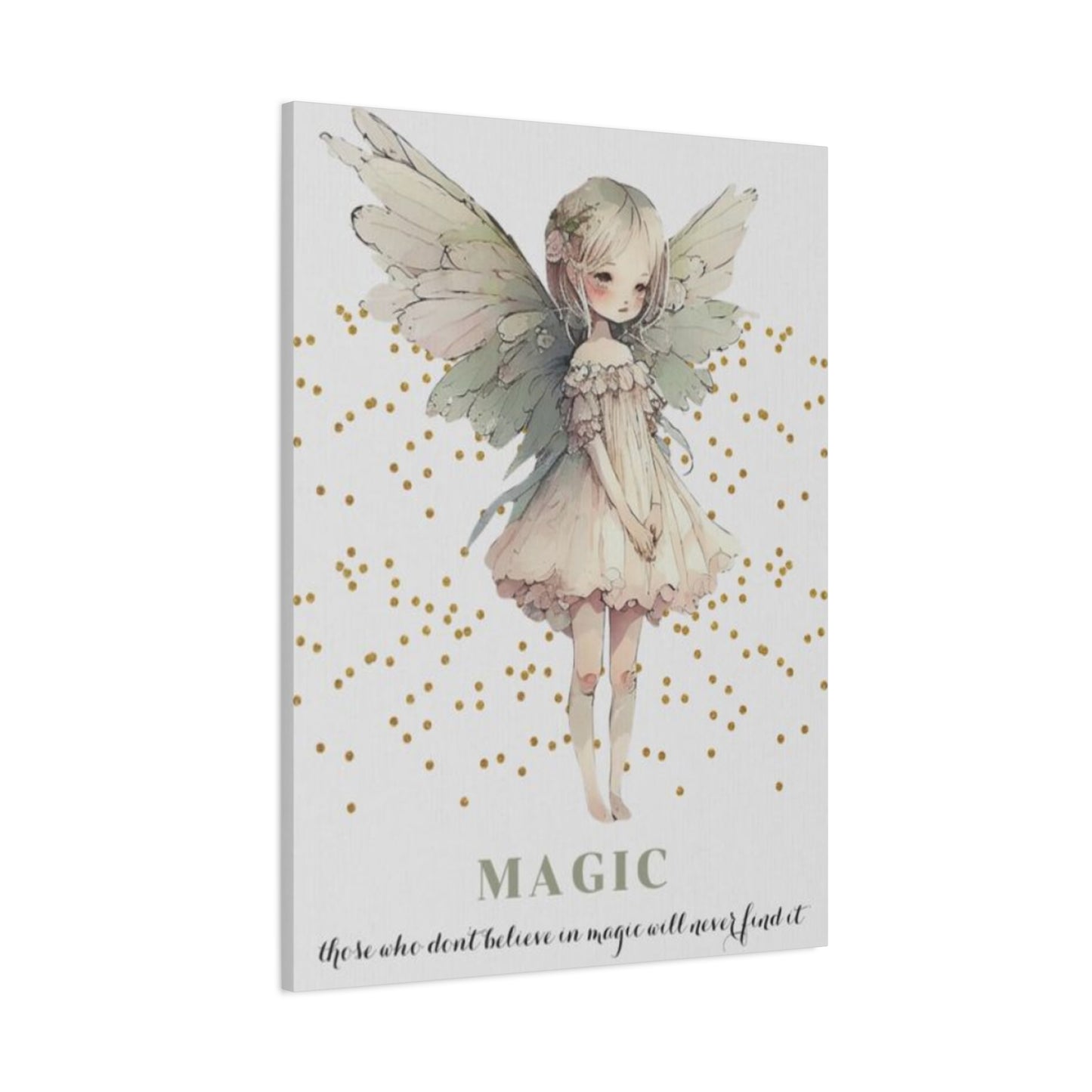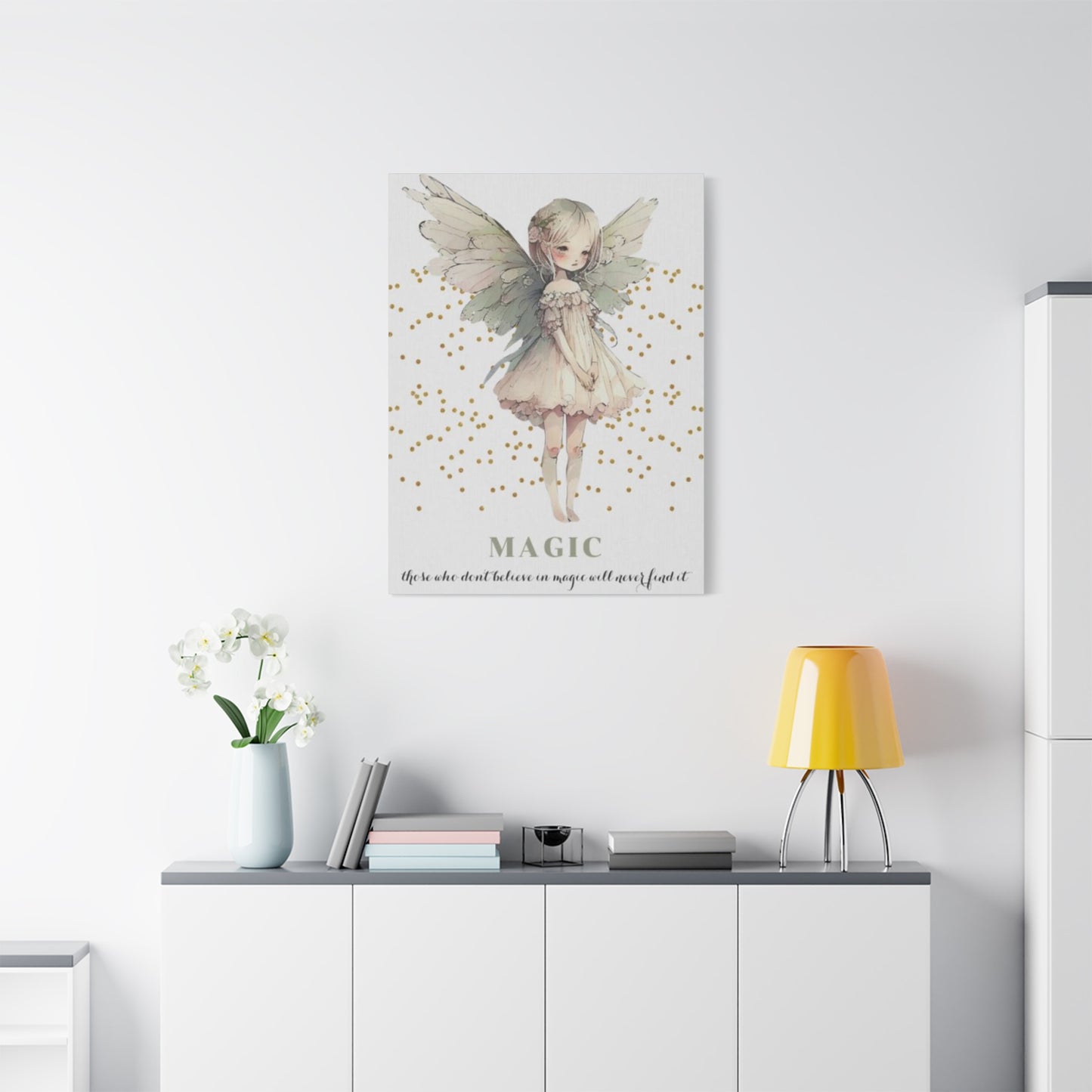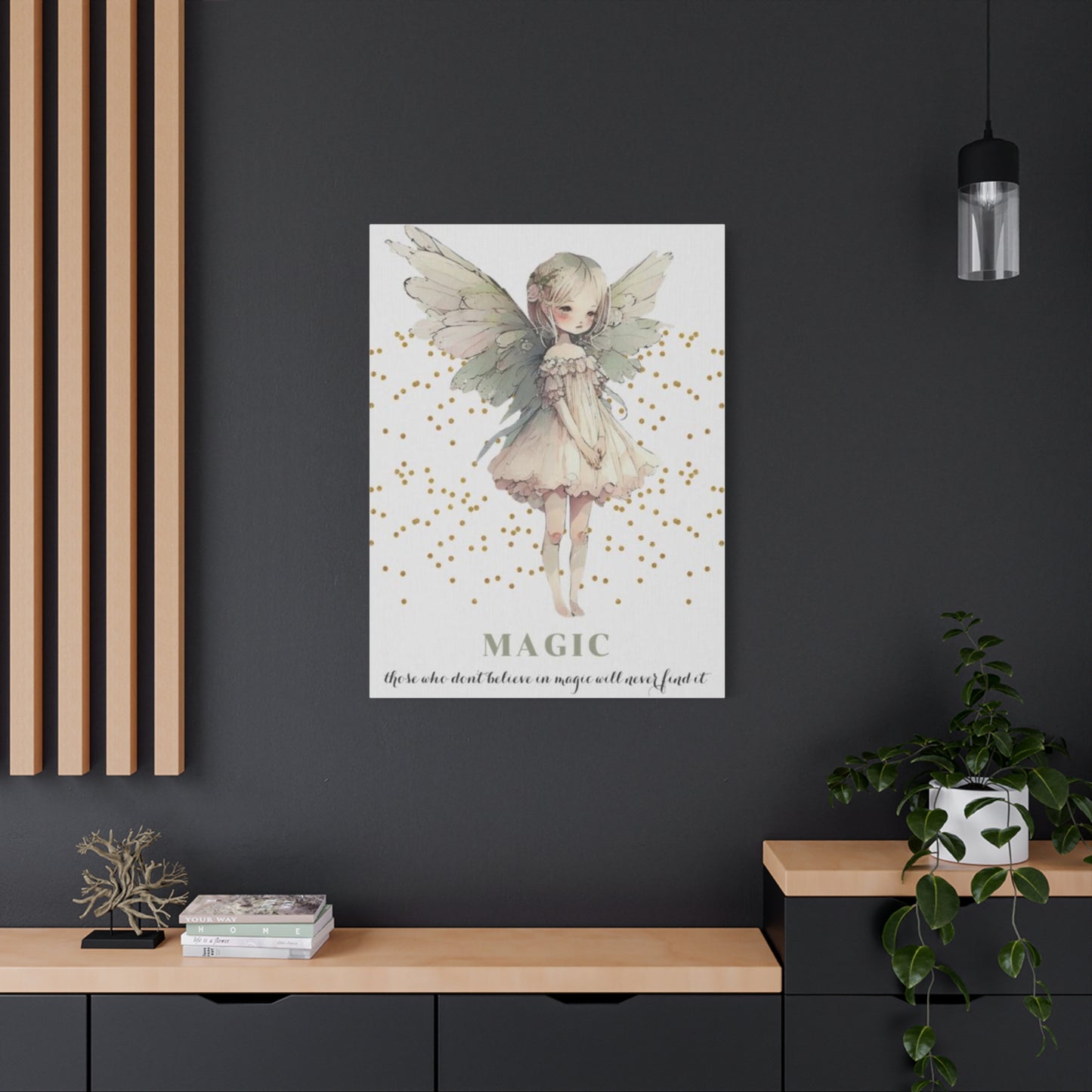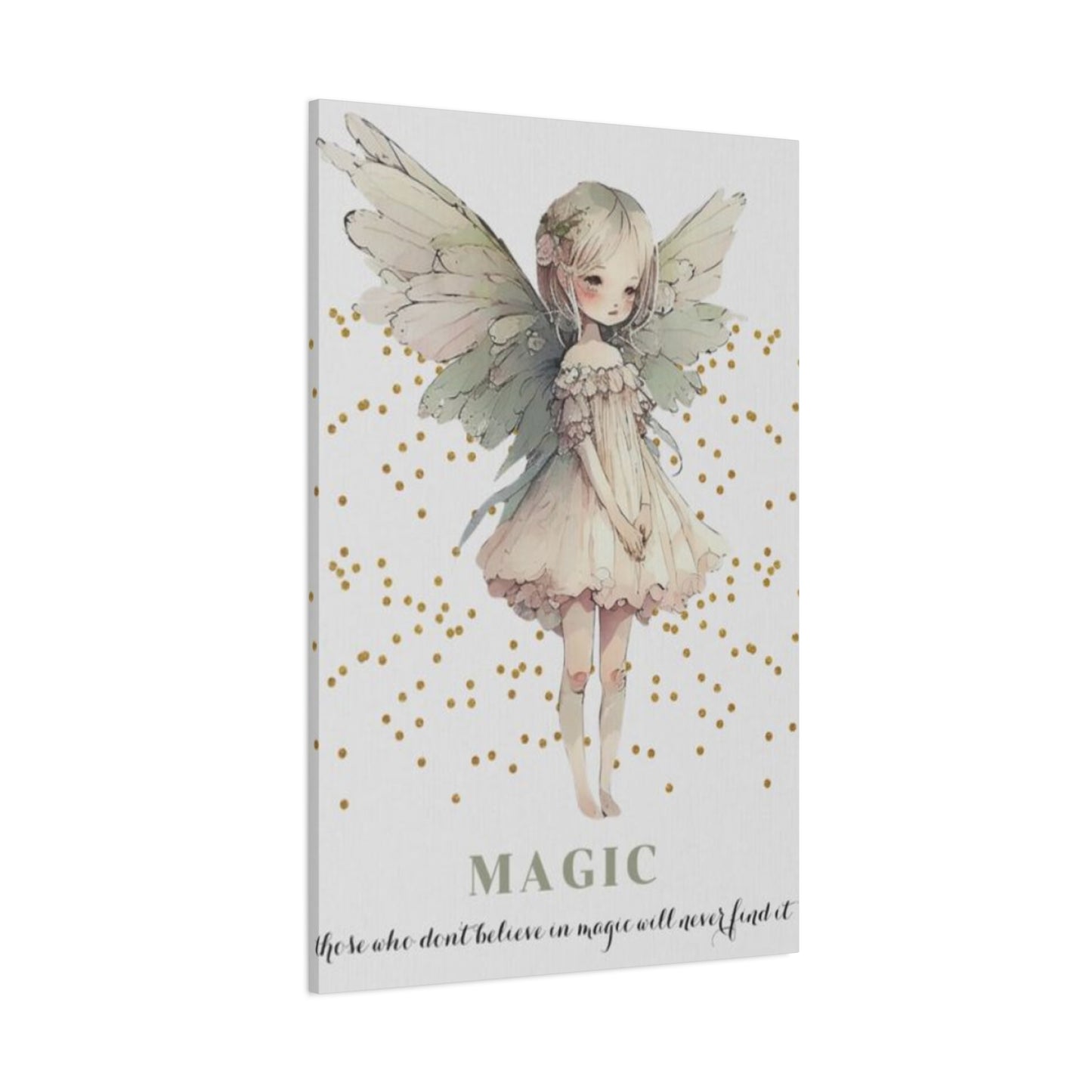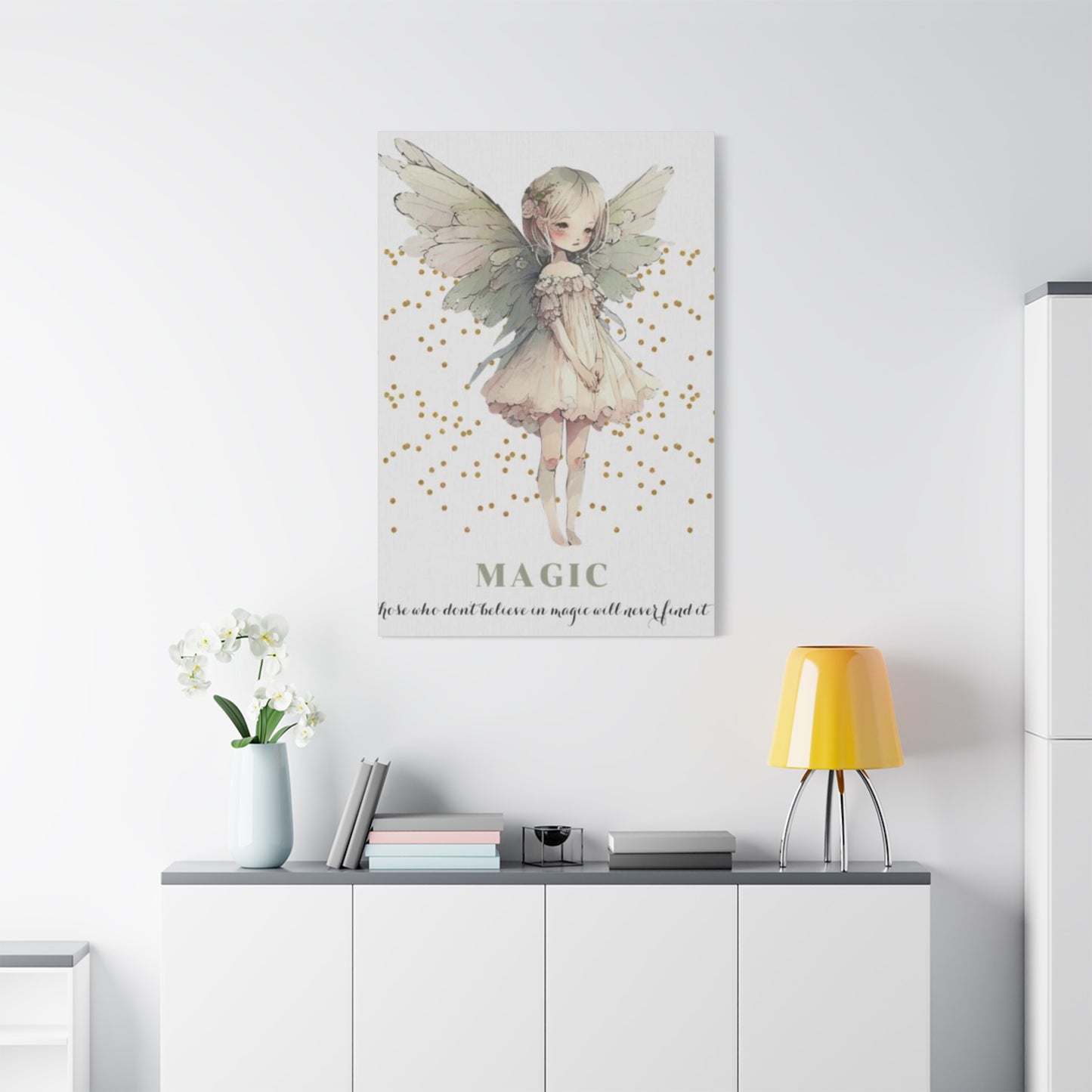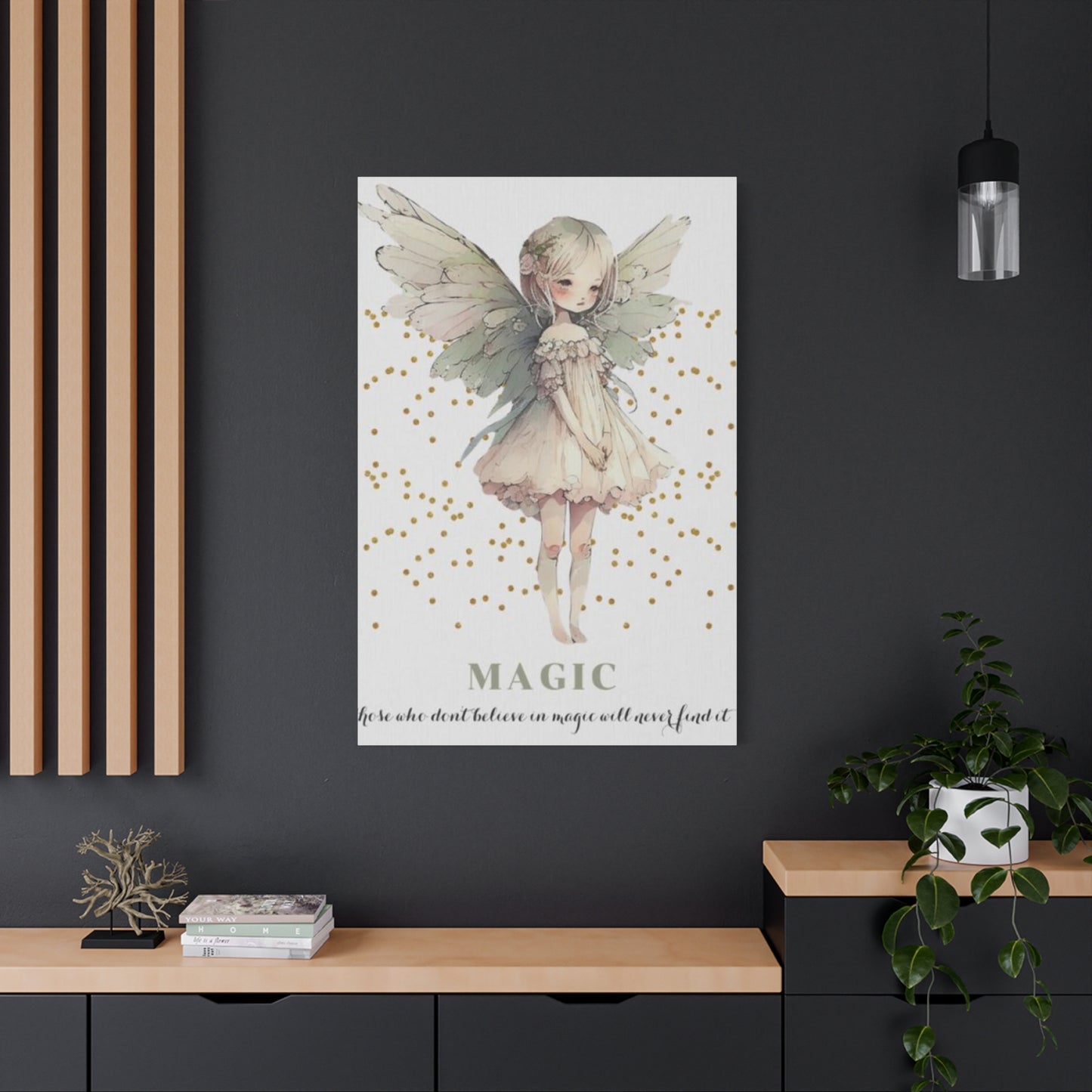The Ultimate Guide to Little Angel Magic Fairies Wall Art for Whimsical Home Decor
The world of interior decoration has witnessed a remarkable transformation in recent years, with themed wall art becoming an essential element in creating personalized and meaningful living spaces. Among the most captivating and sought-after designs are little angel magic fairies wall art canvas prints, which bring a sense of wonder, innocence, and enchantment to any room. These delightful pieces of artwork have captured the hearts of parents, children, and art enthusiasts alike, offering a perfect blend of whimsy, beauty, and inspiration.
Canvas prints featuring angelic fairies represent more than just decorative pieces; they embody childhood dreams, magical thinking, and the pure joy that comes from believing in the extraordinary. The combination of angelic imagery with fairy tale elements creates a unique aesthetic that resonates with people of all ages, making these art pieces versatile additions to various settings, from nurseries and children's bedrooms to creative spaces and even adult living areas that celebrate imagination and wonder.
The appeal of these ethereal designs lies in their ability to transport viewers to a realm where magic exists, where tiny winged beings watch over us with gentle care, and where every corner holds the possibility of enchantment. The soft, dreamy quality of fairy and angel artwork creates an atmosphere of tranquility and peace, making it particularly suitable for spaces designed for rest, reflection, and creative play. As more people recognize the psychological benefits of surrounding themselves with uplifting and imaginative imagery, the popularity of little angel magic fairies wall art continues to grow.
The Historical Significance of Angels and Fairies in Art
Throughout human history, both angels and fairies have held significant places in art, literature, and cultural imagination. Angels, as celestial beings found in religious texts and spiritual traditions, have been depicted in artwork for centuries. From Renaissance paintings to medieval illuminated manuscripts, angelic figures have represented divine protection, guidance, and the connection between earthly and heavenly realms. Artists have portrayed angels as benevolent guardians, messengers of hope, and symbols of purity and innocence.
Fairies, on the other hand, have their roots in folklore and mythology from cultures around the world. These magical beings have been part of storytelling traditions for millennia, appearing in Celtic legends, European fairy tales, and various indigenous mythologies. Victorian era artists particularly embraced fairy imagery, creating elaborate paintings and illustrations that depicted these mystical creatures in natural settings, often surrounded by flowers, butterflies, and woodland scenes. The Romantic movement further popularized fairy art, emphasizing the connection between nature, magic, and human emotion.
The fusion of angelic and fairy imagery in contemporary wall art represents a synthesis of these rich traditions. By combining the protective, nurturing qualities associated with angels with the playful, magical characteristics of fairies, artists create pieces that speak to multiple aspects of human experience and aspiration. This blending of themes allows for artwork that is simultaneously comforting and exciting, traditional and whimsical, making it accessible and appealing to diverse audiences.
The evolution of printing technology has made it possible to reproduce these beautiful designs on canvas, bringing museum-quality artwork into homes at accessible prices. Modern canvas printing techniques preserve the depth, color, and texture of original paintings, allowing families to enjoy professional-grade art that enhances their living spaces. The availability of various sizes and styles ensures that everyone can find pieces that perfectly suit their aesthetic preferences and spatial requirements.
Understanding the Appeal of Fairy and Angel Themed Artwork
The enduring popularity of fairy and angel themed artwork stems from deep psychological and emotional connections that humans have with these archetypal figures. Angels represent protection, guidance, and unconditional love, qualities that resonate particularly strongly with parents decorating spaces for their children. The image of a guardian angel watching over a sleeping child provides comfort and reassurance, creating a sense of safety and security that contributes to peaceful sleep and emotional wellbeing.
Fairies embody imagination, possibility, and the magical thinking that characterizes childhood. These tiny winged beings represent the belief that wonders exist just beyond our everyday perception, encouraging creativity and openness to new experiences. For children, fairy imagery validates their natural inclination toward fantasy play and magical thinking, supporting cognitive development and emotional exploration. For adults, these images can reconnect them with the sense of wonder they experienced in childhood, providing a refreshing counterpoint to the demands and stresses of daily life.
The visual characteristics of fairy and angel art contribute significantly to its appeal. Soft color palettes dominated by pastels, gentle pinks, lavenders, and celestial blues create a soothing visual environment that promotes relaxation and tranquility. The delicate features, flowing garments, and graceful poses typical of these figures convey gentleness and serenity, qualities that make such artwork particularly suitable for bedrooms and quiet spaces. The addition of natural elements like flowers, stars, moonlight, and forest settings enhances the connection to nature and the cycles of growth and renewal.
From a design perspective, fairy and angel artwork offers remarkable versatility. These pieces can complement various decorating styles, from traditional and vintage-inspired rooms to modern nurseries with eclectic touches. The timeless quality of the subject matter ensures that the artwork remains relevant and cherished as children grow, potentially transitioning from nursery decoration to treasured keepsake. Many families find that these pieces carry emotional significance, becoming associated with precious memories of childhood and serving as tangible connections to important developmental stages.
Exploring Different Styles of Little Angel Magic Fairies Canvas Prints
The market for fairy and angel canvas prints offers an impressive variety of artistic styles, each bringing its own unique character and emotional tone to the artwork. Watercolor style prints feature soft, blended colors and gentle transitions that create a dreamy, ethereal quality. These pieces often have a handpainted appearance with visible brushstrokes and color variations that add depth and authenticity to the image. Watercolor fairy and angel prints work particularly well in spaces designed for calm and relaxation, as their gentle aesthetic promotes peaceful feelings.
Vintage illustration style prints draw inspiration from classic children's book illustrations and Victorian fairy paintings. These pieces often feature more detailed linework, richer color palettes, and a nostalgic quality that appeals to those who appreciate traditional artistry. The slightly aged appearance of vintage style prints can add character and warmth to a room, creating a connection to the rich history of fairy tale illustration. These prints often include ornate details like decorative borders, elaborate wing designs, and intricate floral elements that reward close viewing.
Contemporary digital art styles bring a fresh, modern approach to fairy and angel imagery. These prints may feature bold color contrasts, geometric elements, or stylized representations that blend traditional fairy tale themes with current design trends. Contemporary pieces can work beautifully in modern nurseries and children's rooms that incorporate minimalist design principles or eclectic decorating approaches. The clean lines and vibrant colors of modern digital art create visual impact while maintaining the magical essence of the subject matter.
Realistic or semi-realistic styles aim to portray fairies and angels with lifelike detail and dimensional depth. These prints often feature careful attention to anatomy, lighting, and texture, creating images that feel tangible and believable despite their fantastical subject matter. Realistic fairy and angel art can be particularly captivating for older children and adults who appreciate technical skill and artistic craftsmanship. The detailed rendering of wings, facial expressions, and environmental elements draws viewers into the scene, creating an immersive visual experience.
Abstract and impressionistic approaches offer yet another dimension to fairy and angel artwork. These styles emphasize color, movement, and emotional expression over literal representation, creating pieces that suggest rather than explicitly depict their subjects. Abstract fairy and angel prints can serve as sophisticated accent pieces that add whimsy without overwhelming a space with overt fantasy imagery. The open-ended nature of abstract art also invites personal interpretation, allowing viewers to project their own meanings and associations onto the artwork.
Selecting the Perfect Size and Placement for Your Canvas Prints
Choosing the appropriate size for fairy and angel canvas prints requires careful consideration of both the space where the artwork will be displayed and the visual impact you wish to achieve. Small canvas prints, typically ranging from eight by ten inches to eleven by fourteen inches, work wonderfully as part of gallery wall arrangements or as accent pieces on bookshelves, dressers, and side tables. These compact sizes allow for flexibility in arrangement and can be easily changed or rearranged as design preferences evolve.
Medium sized canvas prints, generally between sixteen by twenty inches and twenty by thirty inches, serve as excellent focal points for walls in children's bedrooms, nurseries, and play areas. These dimensions provide sufficient visual presence to make a statement without overwhelming the space. Medium prints work particularly well above cribs, changing tables, beds, and reading nooks, creating clear visual anchors that help define different functional areas within a room. The size is substantial enough to appreciate artistic details from across the room while remaining proportionate to typical bedroom dimensions.
Large canvas prints, ranging from thirty by forty inches to even bigger dimensions, create dramatic focal points that can transform entire walls into magical scenes. These impressive pieces work best in rooms with ample wall space and can serve as the centerpiece around which other decorating elements are arranged. Large fairy and angel prints can turn a plain wall into a statement feature, providing a sense of grandeur and importance that smaller pieces cannot achieve. When selecting large prints, consider ceiling height and viewing distance to ensure the artwork maintains its impact without appearing overwhelming.
Placement considerations extend beyond size to include factors like lighting, room function, and traffic flow. Canvas prints displayed above furniture should be positioned so that the center of the artwork sits approximately at eye level when standing, typically around fifty-seven to sixty inches from the floor. However, when hanging art above cribs or children's beds, slightly lower placement may be more appropriate to ensure the artwork remains within the child's natural line of sight. Consider the room's natural and artificial lighting sources to avoid glare while ensuring the artwork receives enough illumination to showcase its colors and details effectively.
Color Coordination and Room Design Integration
Successfully integrating little angel magic fairies canvas prints into a room's design requires thoughtful attention to color coordination and overall aesthetic harmony. The color palette of the artwork should either complement or provide intentional contrast with the room's existing colors. For rooms with neutral wall colors like white, cream, or light gray, fairy and angel prints in soft pastels or vibrant jewel tones can add welcome splashes of color that energize the space without overwhelming it. The artwork becomes a natural focal point that draws the eye and establishes the room's personality.
When working with rooms that already feature strong colors, selecting canvas prints that echo those hues creates a cohesive, intentional look. For example, a nursery painted in soft lavender would be beautifully complemented by fairy prints featuring purple flowers, twilight skies, or amethyst accents. This approach to color coordination creates visual flow throughout the space, making the room feel well planned and harmonious. Pulling accent colors from the artwork into other design elements like throw pillows, curtains, or bedding further reinforces this cohesion.
The undertones present in both the artwork and the room's paint colors deserve careful consideration. Warm undertones, which include yellow, peach, and golden hues, pair naturally with fairy and angel prints that feature warm color schemes like sunset pinks, coral, and golden yellows. Cool undertones, including blue, green, and violet bases, harmonize with artwork featuring silvery blues, cool pinks, and sage greens. Matching undertones creates a sophisticated, polished appearance that elevates the overall design quality of the space.
Contrast can be used strategically to create visual interest and prevent a room from feeling too monotonous. If the room features predominantly cool colors, introducing warm-toned fairy and angel artwork can add depth and energy. Conversely, cool-toned prints can bring balance to a space dominated by warm colors. The key lies in maintaining proportion; contrast elements should enhance rather than compete with the overall color scheme. Typically, limiting contrasting colors to accent percentages ensures they provide interest without disrupting harmony.
The emotional qualities associated with different colors should inform selection decisions, particularly for children's spaces. Blues and greens promote calm and concentration, making them excellent choices for bedrooms and study areas. Pinks and purples often appeal to children and can create spaces that feel magical and special. Yellows and oranges energize and uplift, working well in play areas where activity and creativity are encouraged. Selecting fairy and angel prints that emphasize colors aligned with the room's intended emotional tone supports the creation of spaces that truly serve their inhabitants' needs.
Material Quality and Canvas Print Construction
The quality of canvas materials and construction methods significantly impacts both the appearance and longevity of fairy and angel wall art. Premium canvas prints utilize artist-grade cotton or cotton-poly blend canvas that provides an excellent surface for ink adhesion and color reproduction. Cotton canvas offers superior texture and a traditional fine art appearance, while cotton-poly blends provide enhanced durability and resistance to environmental factors like humidity and temperature fluctuations. Both materials can produce stunning results when paired with quality printing processes.
The printing technology employed in creating canvas prints directly affects color accuracy, detail resolution, and fade resistance. Giclée printing, which uses archival inks and high-resolution digital printing equipment, produces museum-quality reproductions with exceptional color depth and longevity. This process allows for precise color matching and the reproduction of subtle gradations and details that bring fairy and angel imagery to life. Archival inks resist fading from UV light exposure, ensuring that the artwork maintains its vibrancy for decades when properly displayed and cared for.
Canvas stretching and mounting methods influence both the appearance and stability of finished prints. Gallery wrapped canvases, where the printed canvas extends around the sides of the wooden stretcher frame, create a finished, frameless appearance that works beautifully in contemporary settings. This mounting style allows the artwork to be displayed immediately upon receipt without additional framing expenses. The printed edges create a three-dimensional effect that adds depth and presence to the piece. Proper stretching ensures the canvas remains taut and flat, preventing warping or sagging over time.
Frame options for canvas prints range from simple floating frames that add a subtle border to ornate decorative frames that enhance the artwork's presence. Floating frames create a small gap between the canvas edge and the frame, giving the impression that the artwork floats within its border. This modern presentation style works particularly well with contemporary fairy and angel designs. Traditional frames with ornamental details can enhance vintage-style prints, adding to their nostalgic character. Frame selection should consider both the artwork's style and the room's overall aesthetic to ensure visual harmony.
Protective coatings applied to canvas surfaces provide additional defense against dust, moisture, and physical damage. UV-resistant coatings help preserve color integrity even in rooms with significant natural light exposure. Water-resistant treatments protect against accidental spills and make cleaning easier, an important consideration for artwork displayed in children's rooms. These protective measures extend the life of canvas prints significantly, making them worthwhile investments for families planning to enjoy their fairy and angel artwork for years to come.
Creating Themed Spaces with Fairy and Angel Artwork
Developing a comprehensive decorating theme centered around fairy and angel imagery allows for the creation of truly immersive, magical environments. A fairy garden theme might incorporate canvas prints featuring fairies among flowers, mushrooms, and forest creatures, complemented by natural elements like wooden furniture, botanical prints, and plenty of plants. String lights can add a magical glow reminiscent of fairy lights, while decorative elements like butterfly mobiles, flower garlands, and woodland creature stuffed animals reinforce the natural, whimsical atmosphere.
Celestial angel themes create serene, dreamy spaces perfect for bedrooms and quiet areas. Canvas prints depicting angels among stars, clouds, and moonlit skies set the tone for these ethereal environments. Silver and gold accents, star-shaped decorations, and sheer fabrics in whites and pastels enhance the heavenly quality of the space. Soft lighting, perhaps through dimmer switches or decorative lamps with fabric shades, contributes to the peaceful, otherworldly ambiance. This theme works beautifully for nurseries, as the calming atmosphere supports restful sleep.
Rainbow fairy themes appeal to children who love color and energy. These vibrant spaces feature fairy canvas prints in multiple colors arranged to create a spectrum effect. Each color can be echoed in different areas of the room through bedding, storage bins, wall stripes, or accent furniture. The rainbow theme celebrates joy, diversity, and imagination while maintaining the magical quality central to fairy imagery. This approach works particularly well in play rooms and creative spaces where energy and inspiration are valued over calm and quiet.
Vintage storybook themes transport rooms back to the golden age of fairy tale illustration. Canvas prints in vintage styles are paired with antique or distressed furniture, classic patterns like toile or floral prints, and accessories reminiscent of earlier eras. Soft, muted color palettes dominated by cream, dusty rose, sage green, and powder blue create a nostalgic, timeless quality. Decorative elements might include vintage-style picture frames, classic children's books displayed as decor, and heirloom-quality textiles. This sophisticated approach to fairy and angel themes appeals to adults and children alike.
Seasonal variations allow fairy and angel themes to evolve throughout the year while maintaining thematic consistency. Spring fairy prints might emphasize flowers and renewal, summer versions could feature fairies in bright sunshine, autumn prints might show fairies among falling leaves, and winter editions could depict angels or fairies in snowy landscapes. Rotating canvas prints seasonally keeps the room feeling fresh and connects children with the natural cycles of change occurring outside their windows. This approach also allows families to build collections over time, acquiring new pieces that reflect different aspects of the fairy and angel theme.
Psychological Benefits of Fairy and Angel Imagery for Children
The presence of fairy and angel imagery in children's environments offers numerous psychological and developmental benefits that extend far beyond simple decoration. These images support healthy emotional development by representing positive qualities like kindness, protection, and wonder. When children see gentle, caring figures on their walls, they internalize messages about the world being a safe, welcoming place where they are valued and protected. This sense of security forms the foundation for healthy emotional development and supports children's ability to explore, learn, and form relationships.
Fairy and angel artwork encourages imaginative play and creative thinking, both essential components of cognitive development. When children engage with magical imagery, they exercise their capacity for symbolic thinking, narrative creation, and problem-solving within imaginative scenarios. This type of play supports language development, social skills, and emotional intelligence. A room decorated with fairy and angel prints becomes a stage for storytelling and pretend play, providing daily opportunities for creative engagement that benefits children's developing minds.
Practical Considerations for Nurseries and Young Children's Rooms
When selecting and installing canvas prints in nurseries and rooms for very young children, safety must be the primary consideration. All wall art should be securely mounted using appropriate hardware for the wall type and artwork weight. Heavy pieces require wall anchors or mounting into wall studs to prevent accidents if children climb or pull on furniture beneath the artwork. Regular inspection of mounting hardware ensures that pieces remain securely attached as children grow more mobile and adventurous.
The placement of artwork in nurseries should account for changing needs as babies grow. Prints hung above changing tables or cribs should be positioned where they provide visual interest without being within reach of curious hands. As babies develop the ability to stand in their cribs, ensure that any artwork nearby is positioned high enough to prevent little fingers from reaching it. Consider the child's line of sight from various positions in the room; artwork should be visible and engaging from where children spend their time.
Canvas prints offer distinct safety advantages over framed art with glass in young children's rooms. The absence of glass eliminates the risk of broken shards should artwork fall or be knocked down. The lightweight nature of canvas stretched over wooden frames means that even if a piece does come down, it is unlikely to cause injury. These practical safety considerations make canvas prints the preferred choice for nurseries and toddler rooms where active play and exploration are constant activities.
Cleaning and maintenance requirements deserve consideration when selecting artwork for young children's spaces. Canvas prints can accumulate dust over time, particularly in their textured surfaces. Gentle dusting with a soft, dry cloth or a low-power vacuum attachment keeps prints looking fresh without damaging the surface. Avoiding placement in areas where they might be exposed to food spills, craft materials, or sticky fingers helps preserve their appearance. For pieces that do become soiled, many protective coatings allow for gentle spot cleaning with slightly damp cloths.
As children transition from nurseries to big kid rooms, flexibility in decor becomes valuable. Selecting canvas prints with somewhat sophisticated styling ensures they can grow with children rather than becoming too babyish within a few years. Fairies and angels depicted in slightly older, more adventurous poses may appeal to children across a broader age range than images of sleeping babies with wings. Planning for longevity when making initial selections reduces the need for complete redecorating as children mature, though preferences will inevitably evolve.
Customization and Personalization Options
The ability to customize and personalize fairy and angel canvas prints adds meaningful dimension to these decorative pieces, transforming them from beautiful art into treasured keepsakes with unique significance. Many suppliers offer customization services that allow customers to incorporate children's names into designs, creating truly one-of-a-kind pieces. A canvas print featuring a fairy or angel alongside a child's name makes the artwork specifically theirs, fostering a sense of ownership and special connection to their space.
Color customization enables families to request specific color schemes that perfectly match their room's design. Rather than settling for close approximations, customization allows for exact color matching of key elements like flowers, backgrounds, or fairy dresses to coordinate with paint colors, bedding, or other room elements. This level of personalization ensures perfect aesthetic integration, creating spaces that feel professionally designed and intentionally composed. Custom colors also allow for the creation of matched sets where multiple prints share a cohesive palette.
Gift-Giving and Special Occasions
Little angel magic fairies canvas prints make exceptional gifts for numerous occasions, offering both immediate aesthetic appeal and lasting value. For baby showers and new parent celebrations, carefully selected fairy or angel artwork provides practical help in creating beautiful nurseries while conveying wishes for the child's protection, happiness, and magical childhood. Unlike many baby gifts that are quickly outgrown, quality canvas prints remain relevant for years, making them gifts that parents will genuinely appreciate and use.
First birthday celebrations mark significant milestones in a child's life, and commemorative canvas prints can serve as lasting mementos of this special time. Personalized pieces featuring the child's name and birth year create keepsakes that children can treasure as they grow. The artwork witnesses their development from baby to toddler to child, eventually becoming a nostalgic reminder of their early years. These meaningful gifts acknowledge the significance of the occasion while providing lasting beauty.
Adoption celebrations and gotcha day anniversaries call for gifts that honor the special nature of these occasions. Angel-themed canvas prints symbolizing protection and divine blessing acknowledge the profound nature of adoption and the gratitude families feel. Customized pieces incorporating adoption dates or meaningful phrases create permanent commemorations of when families came together. These thoughtful gifts demonstrate understanding of adoption's unique significance.
Holiday gift-giving, particularly for Christmas and religious celebrations, finds natural expression in angel-themed artwork. Guardian angel prints make meaningful Christmas gifts that align with the season's spiritual themes while providing year-round beauty. For families celebrating christenings, baptisms, or other religious milestones, angel canvas prints acknowledge the spiritual dimension of these occasions. The artwork serves as a reminder of faith and community while beautifying the child's space.
Room makeovers and moving celebrations present opportunities to gift fairy and angel canvas prints that help children feel excited about new spaces. When families relocate, familiar artwork can provide comfort and continuity in unfamiliar surroundings. For children transitioning to new rooms, perhaps moving from nursery to big kid bedroom, carefully chosen artwork acknowledges their growth while creating enthusiasm for the changes ahead. These gifts show thoughtfulness about children's emotional needs during transitions.
Shopping Considerations and Quality Assessment
Successfully navigating the canvas print marketplace requires understanding quality indicators and knowing what questions to ask sellers. Resolution specifications provide crucial information about image quality; higher resolution generally produces sharper, more detailed prints, particularly important for larger sizes. Minimum resolution of 150 dots per inch is acceptable, while 300 dots per inch produces professional quality results. When sellers provide resolution information, customers can make informed decisions about which sizes will maintain quality with specific designs.
Ink specifications reveal important information about longevity and color quality. Archival or pigment-based inks offer superior fade resistance compared to dye-based alternatives, particularly important for artwork exposed to natural light. UV-resistant inks maintain color integrity despite sunlight exposure, ensuring that prints remain vibrant for decades. Sellers using quality inks typically advertise this fact, while vague or absent ink information may indicate lower quality products.
Return policies and satisfaction guarantees protect customers from receiving products that don't meet expectations. Reputable sellers stand behind their products with clear return windows and straightforward return processes. Understanding return policies before purchase prevents disappointment if colors appear different than expected, quality doesn't meet standards, or products arrive damaged. Customer service responsiveness during the research phase often predicts the service level customers will receive if issues arise.
Customer reviews and ratings provide invaluable insights into actual product quality and seller reliability. Reviews mentioning color accuracy, print quality, packaging adequacy, and customer service experiences help potential buyers make informed decisions. Patterns in reviews reveal whether issues represent isolated incidents or consistent problems. Photos in customer reviews show how products look in real settings, providing more realistic perspectives than professional product photography.
Price comparisons should account for total value rather than focusing solely on the lowest price. Extremely low prices may indicate compromises in material quality, printing methods, or customer service. Mid-range prices often represent the sweet spot where quality materials and printing meet reasonable affordability. Premium prices should be justified by exceptional quality, superior materials, extensive customization options, or unique artistic content. Considering cost per year of expected use helps evaluate whether higher quality options represent better long-term value.
Installation and Display Techniques
Proper installation ensures that fairy and angel canvas prints look their best while remaining securely mounted. Before beginning installation, gather appropriate tools including a measuring tape, level, pencil, hammer or drill, and appropriate hanging hardware. Wall anchors or molly bolts are essential for drywall installation where studs are not available at desired locations. Taking time to prepare and use proper techniques prevents mistakes and creates professional-looking results.
Determining proper placement begins with measuring the wall space and the canvas dimensions. For single pieces, finding the center point of the wall and marking where the canvas center should sit helps achieve balanced placement. The general rule placing artwork so its center sits at eye level translates to approximately 57 to 60 inches from the floor to the artwork's center. However, this guideline should be adjusted based on ceiling height, furniture placement, and whether adults or children are the primary viewers.
Leveling artwork prevents the tilted appearance that undermines otherwise beautiful installations. Using a level during marking ensures that reference points are straight before installing hardware. For large or heavy pieces, having a helper hold the canvas in position while checking level prevents frustration and repeated adjustments. Some hanging systems include built-in leveling features that simplify the process, particularly valuable for gallery wall arrangements where multiple pieces must align.
Various hanging hardware options serve different needs and wall types. Traditional picture hanging wire and hooks work well for lightweight canvas prints and offer easy adjustability. D-rings mounted on the back of frames provide secure attachment points for heavier pieces. Sawtooth hangers enable easy installation on single nails but may not provide adequate support for large canvases. French cleats distribute weight evenly and provide extremely secure mounting for heavy artwork, though they require more complex installation.
Protecting walls during installation prevents damage that could complicate future decorating changes. Using appropriate wall anchors prevents the crumbling and holes that occur when hardware is inadequate for the load. Placing small pieces of painter's tape at marking spots prevents pencil marks from showing if measurements change. For rental properties where wall damage must be minimized, removable adhesive hanging strips offer alternatives to traditional nail or screw mounting, though weight limits must be carefully observed.
Incorporating Canvas Prints into Various Room Types
While fairy and angel canvas prints most commonly grace nurseries and children's bedrooms, their versatility allows them to enhance various rooms throughout the home. Family living rooms can incorporate more sophisticated or artistically rendered fairy and angel pieces that appeal to all ages. These prints add whimsy and personality without creating overtly childish atmospheres, particularly when rendered in subtle color palettes or artistic styles that emphasize beauty over cuteness. Living room placement allows families to enjoy meaningful artwork together, making it part of shared family spaces rather than exclusively children's domains.
Home offices and creative spaces benefit from imaginative artwork that stimulates creativity and provides visual breaks during work. For parents who work from home, fairy and angel prints remind them of their children and the balance between professional and family life. For artists, writers, and other creative professionals, magical imagery can serve as inspiration and a reminder to maintain connection with wonder and imagination. These spaces often allow for bolder, more expressive pieces than might work in formal settings.
Reading nooks and libraries pair beautifully with storybook-inspired fairy and angel artwork. These cozy spaces dedicated to books and imagination naturally complement magical themes that echo the worlds found in children's literature. Canvas prints in reading areas can inspire story time discussions, spark imagination before and after reading, and create associations between books and magical possibilities. The presence of fairy and angel imagery reinforces the message that reading opens doors to extraordinary worlds.
Guest bedrooms featuring fairy and angel artwork create welcoming, peaceful environments for visitors. These pieces add personality and charm while maintaining the neutral, accommodating atmosphere appropriate for guest spaces. Artwork with universal appeal rather than highly specific personal significance works best in these rooms. Guests with young children particularly appreciate rooms that feel welcoming to families
Playrooms and creative spaces naturally embrace the energy and imagination represented by fairy and angel themes. These active areas can feature more vibrant, colorful prints that energize rather than calm, supporting the room's purpose as a place for active play and creative expression. Multiple canvas prints creating immersive environments work particularly well in dedicated play spaces where visual stimulation enhances rather than detracts from the room's function. Arranging artwork at child height in play areas allows young ones to fully engage with the images during their imaginative activities.
The Role of Fantasy in Child Development
Understanding how engagement with fantasy and magical thinking supports healthy child development helps parents feel confident choosing fairy and angel artwork for their children's spaces. Developmental psychologists recognize that fantasy play and magical thinking are not only normal but beneficial during early and middle childhood. These cognitive activities allow children to explore possibilities, test hypotheses about how the world works, and process experiences through symbolic representation. Rather than interfering with reality-based understanding, healthy fantasy engagement actually supports cognitive flexibility and creative problem-solving.
The ability to engage with pretend scenarios and imagine alternative realities is fundamental to higher-order thinking skills. When children imagine fairies living in gardens or angels watching from clouds, they exercise the same mental capacities required for abstract thinking, hypothesis formation, and perspective-taking. These skills prove essential as children mature and encounter increasingly complex cognitive challenges. The imaginative flexibility developed through fantasy play translates into academic success, particularly in areas requiring creative thinking and problem-solving.
Fantasy engagement provides safe contexts for exploring emotions and social situations that might feel overwhelming in real life. Children can project feelings onto imaginary characters, working through fears, conflicts, and desires at a comfortable psychological distance. A child afraid of the dark might imagine a guardian angel providing protection, using this fantasy to manage anxiety while developing coping strategies. Through fantasy, children rehearse social interactions, experiment with different roles, and explore moral questions without real-world consequences.
Combining Canvas Prints with Other Decorative Elements
Creating cohesive, beautiful spaces involves thoughtfully combining fairy and angel canvas prints with other decorative elements that enhance rather than compete with the artwork. Wall decals and stickers can complement canvas prints when chosen carefully, adding dimension and visual interest. Three-dimensional elements like butterfly decals appearing to flutter away from fairy artwork or star stickers surrounding angel prints create immersive environments. However, restraint prevents spaces from becoming visually overwhelming; a few well-chosen additions typically work better than extensive coverage.
Lighting elements dramatically affect how canvas prints are perceived and can enhance the magical quality of fairy and angel themes. String lights in soft white or pastel colors create gentle illumination reminiscent of fairy lights or starlight. Picture lights mounted above or below canvas prints ensure artwork receives adequate illumination for viewing while adding sophisticated presentation. Nightlights shaped like moons, stars, or with translucent fairy designs coordinate with themes while providing practical functions. Dimmer switches allow lighting levels to be adjusted for different activities and times of day.
Textile elements including curtains, bedding, rugs, and pillows can echo colors and themes from canvas prints, creating visual unity throughout spaces. Selecting one or two accent colors from artwork and incorporating them into textiles ties the room together without creating monotonous matching. Patterns like stars, flowers, or butterflies relate to fairy and angel themes without being overly literal. Quality fabrics in coordinating colors elevate the overall design, making rooms feel intentional and well-appointed.
Furniture choices affect how canvas prints are perceived and interact with spaces. White or natural wood furniture creates light, airy atmospheres that allow colorful artwork to take center stage. Painted furniture in colors pulled from canvas prints creates cohesive color stories throughout rooms. Vintage or distressed furniture pieces enhance nostalgic fairy tale themes, while modern streamlined furniture allows fairy and angel artwork to add warmth and personality to contemporary spaces. Scale matters; furniture should be appropriately sized for rooms, leaving adequate wall space for artwork to be appreciated.
Functional storage solutions can incorporate thematic elements without sacrificing practicality. Bookshelf arrangements might include both books and small decorative items related to fairy and angel themes, creating vignettes that please the eye while serving practical purposes. Storage bins and baskets in coordinating colors maintain visual harmony while keeping toys and belongings organized. Labels with fairy or angel motifs make organization appealing to children while maintaining the room's aesthetic. The goal is creating spaces that are both beautiful and functional, supporting children's actual daily needs.
Addressing Common Concerns and Misconceptions
Some parents worry that decorating with fantasy themes might confuse children about reality or encourage unrealistic thinking. Research consistently shows that children naturally develop the ability to distinguish fantasy from reality as part of normal cognitive development. Exposure to fantasy through stories, play, and artwork does not impede this process; in fact, engaging with fantasy may support the development of symbolic thinking and abstract reasoning. Canvas prints depicting magical subjects can coexist comfortably with age-appropriate reality-based learning without causing confusion.
Concerns about gender stereotyping sometimes arise when considering fairy and angel artwork, particularly when traditional representations show fairies as uniformly feminine. Modern canvas print offerings include diverse representations that avoid limiting stereotypes. Fairies and angels can be depicted in various ways that don't reinforce narrow gender expectations, and many designs appeal to children regardless of gender. Parents can choose artwork that reflects their values and presents diverse, empowering representations of magical beings.
Questions about religious appropriateness concern some families when considering angel imagery. Angels appear in multiple religious traditions, each with specific theological meanings and significance. For religious families, angel artwork can express faith and remind children of spiritual protection. For secular families, angels can represent universal human hopes for protection and goodness without carrying specific theological content. Canvas prints range from clearly religious to generally spiritual to purely aesthetic, allowing families to find pieces aligned with their beliefs and comfort levels.
Creating Multi-Sensory Experiences Around Canvas Prints
While canvas prints primarily provide visual experiences, thoughtful design can engage additional senses, creating richer, more immersive environments. Incorporating scents associated with fairy and angel themes enhances the magical atmosphere suggested by artwork. Lavender sachets or diffusers coordinate with lavender fairies in artwork while providing calming aromatherapy benefits. Vanilla or honey scents complement garden fairy themes, while gentle floral scents enhance any fairy or angel space. Essential oils in age-appropriate dilutions offer natural fragrance options, though always researching safety for children's exposure is essential.
Tactile elements add dimension to visually themed spaces. Soft, plush textiles in colors coordinating with canvas prints provide comforting sensory input. Textured elements like faux fur rugs, velvet pillows, or silky curtains engage the sense of touch while enhancing visual themes. For sensory-seeking children, providing various textures supports their developmental needs while maintaining aesthetic coherence. Even smooth, cool surfaces like wooden furniture or woven baskets contribute to the multi-sensory experience of a space.
Sound elements complete immersive environments. Gentle music boxes, wind chimes with delicate tones, or sound machines producing nature sounds like birdsong or rainfall create auditory experiences matching visual themes. For bedtime routines, recorded lullabies or soft instrumental music coordinate with the peaceful quality of angel artwork. During play, slightly more energetic music can enhance the magical atmosphere without becoming overstimulating. Sound should enhance rather than dominate spaces, remaining at comfortable volumes that don't interfere with conversation or concentration.
Movement in spaces adds visual interest and engages children's attention. Mobiles featuring fairies, butterflies, or celestial elements suspended near canvas prints create dynamic visual experiences. Sheer curtains that flutter in breezes, rotating nightlights casting star patterns, or kinetic sculptures add subtle motion that brings spaces to life. These elements maintain interest and engagement while supporting the magical themes suggested by canvas prints.
Interactive elements invite children to engage actively with themed spaces. Fairy doors positioned near fairy artwork spark imaginative play and storytelling. Angel-themed activity books kept near angel prints invite children to create their own art inspired by what they see. Dress-up costumes including wings and halos transform children into the magical beings depicted in their artwork. These interactive components transform passive viewing into active engagement, supporting play and learning.
Conclusion
Little angel magic fairies wall art canvas prints represent far more than simple decorative elements; they are meaningful additions to living spaces that enhance beauty, support emotional wellbeing, and inspire imagination. The enduring appeal of these enchanting designs reflects deep human connections to themes of protection, magic, and wonder that transcend age, culture, and circumstance. From nurseries to adult spaces, fairy and angel imagery brings light, hope, and a sense of possibility that enriches daily life.
The journey of selecting, displaying, and living with fairy and angel canvas prints connects families with rich artistic traditions spanning centuries while embracing contemporary design sensibilities and production technologies. These pieces bridge past and present, tradition and innovation, creating visual experiences that resonate across generations. Whether chosen to create magical childhood environments, express spiritual beliefs, reconnect with personal nostalgia, or simply add beauty to living spaces, fairy and angel artwork serves multiple purposes while maintaining consistent qualities of grace and enchantment.
The practical considerations surrounding canvas prints, including size selection, placement strategies, quality assessment, and care requirements, ensure that these beautiful pieces remain treasured elements of homes for years or even decades. Understanding these practical aspects empowers consumers to make informed decisions that maximize their satisfaction and investment value. The accessibility of canvas prints at various price points makes beautiful, meaningful art available to families regardless of budget, democratizing access to quality home decoration.
The psychological and developmental benefits of surrounding children with positive, imaginative imagery justify the investment in quality artwork for children's spaces. The comfort, inspiration, and joy provided by gentle fairy and angel images contribute to childhood wellbeing in measurable ways. Creating environments where children feel safe, valued, and encouraged to imagine freely supports healthy development across cognitive, emotional, and social domains. These early experiences with beauty and wonder shape aesthetic sensibilities and emotional associations that influence individuals throughout their lives.
As the market for fairy and angel canvas prints continues evolving with new technologies, artistic styles, and consumer preferences, the fundamental appeal of these themes remains constant. The human need for beauty, meaning, and connection to something beyond mundane reality ensures that magical imagery will continue resonating with audiences for generations to come. Whether expressed through traditional painting techniques or cutting-edge digital art, whether depicting classic fairy tale scenes or innovative contemporary interpretations, fairy and angel artwork speaks to universal aspects of human experience and aspiration.
For families beginning the journey of creating magical spaces with fairy and angel canvas prints, the possibilities are vast and exciting. The wealth of available options ensures that everyone can find pieces reflecting their unique aesthetic preferences, values, and visions. Taking time to thoughtfully select artwork that genuinely resonates rather than simply filling walls with available options results in spaces with authentic character and lasting appeal. These carefully chosen pieces become part of family stories, witnessing daily life and marking important moments in children's development.

















